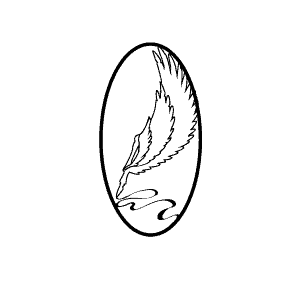By Anna Michael
How to critique and proofread your poems? They say, “You are your own worst critic”. That can never be further from the truth if you are the type of person who will not accept anything but the best and will constantly nitpick your work to create the best version of your art. As an aspiring poet myself, I strive to write poems that I see as the best versions to ensure my writing has the same qualities as the work of prominent poets that I’m inspired by.
Poetry is a beautiful art with its wondrous and magical quality, from its rhythmic and lyrical words to stripping down the layers of a poem. The quality of the poems differentiates the art from normal writing. Writing itself is also an overwhelming art because sometimes we can be too immersed in our minds to the point where we destroy ourselves with our intrusive thoughts that masquerade as criticism. Over the years, I have collected my own ways to ensure the product of my poems is the ideal version of poetry.
So here are 4 tips on how I usually critique my poetry writing.
1. Fundamental poetic elements
Most of my poems started as a random thought or a journal entry that I would write in my pocketbook or notes app. This is simply a first draft. See it as an illustrator sketching or outlining before adding other elements to their drawing. After this, I would break down my writing and add any poetic elements that speak for the writing. My style of poetry writing mostly consists of elements of rhythm, sound, and flow in each stanza. This is because I can never stop myself from rhyming my words. Adding a certain rhyme scheme will improve the sound and rhythm of my poems, as it will give them a certain tone and vibe that I want readers to experience.
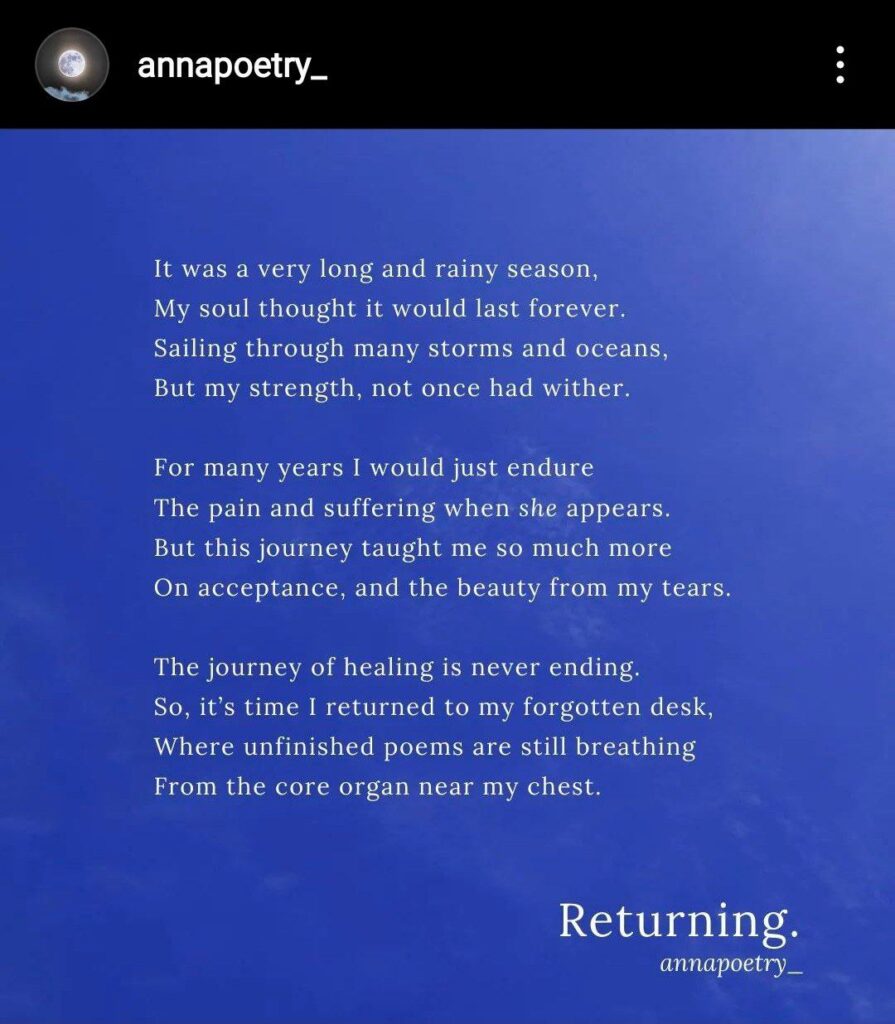

As for the element of flow, I would break my lines for each stanza. Line breaks are one of the elements that are crucial because simply breaking your lines does not equate to proper line breaks because poor line breaks will leave an odd sound and rhythm when reading.
2. Language and style of writing – figurative/literal
When it comes to poetry writing, I tend to use more figurative language compared to literal language. Figurative language is a way of expressing oneself that does not rely on the straightforward or realistic meaning of a sentence or word. This type of writing language is common in comparisons and exaggerations and is typically used to add creative flourish to written or spoken language. Structuring your sentences in figurative language helps add depth, layers, and perspective to your poems.
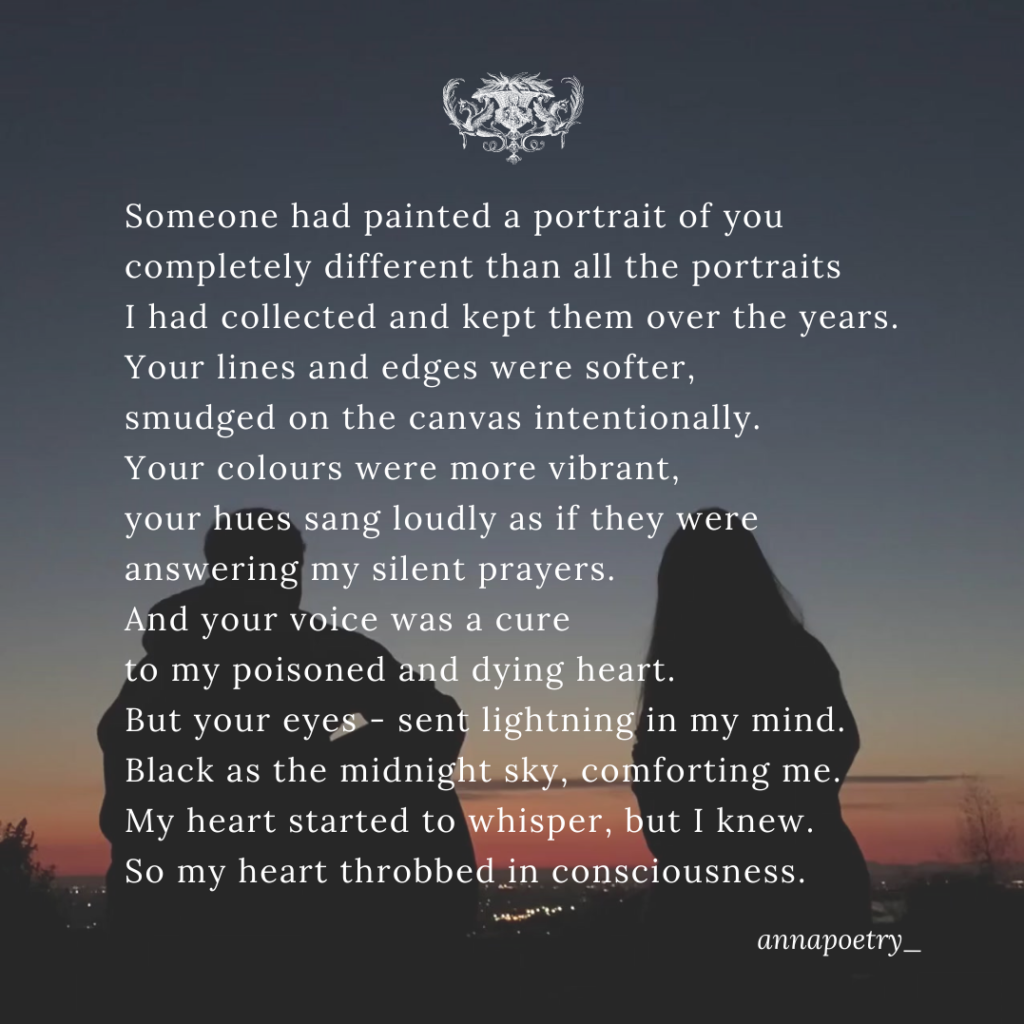
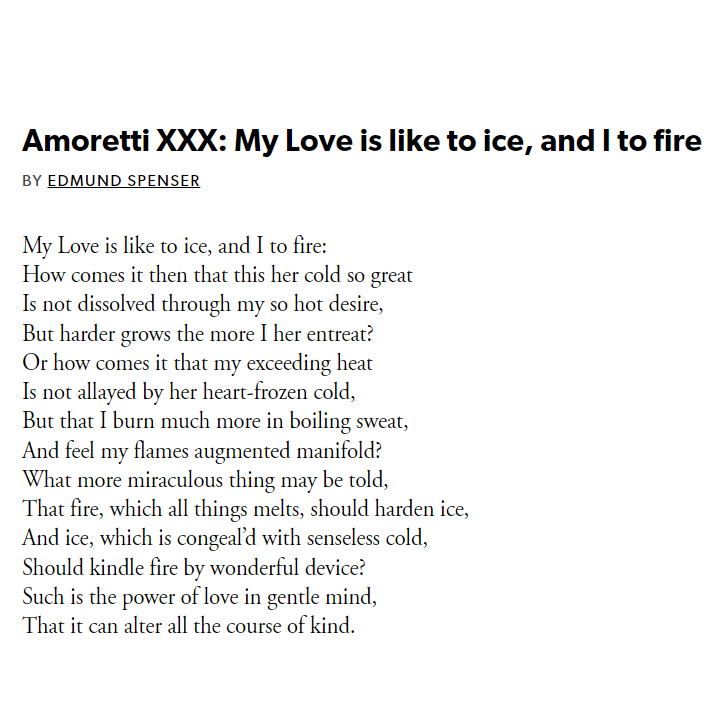
In terms of literal language, the poems would simply state the obvious meaning because it means exactly what is written. I try to avoid as much literal sentence structure in my poems because it reduces the rhythm, tone, and flow of my poems. Writing your poems with literal language would make the poems slightly shallow, as there would be no depth, layers, or perspective that a reader could break down from because the structure was simply formed.


3. Is the message clear enough?
Regardless of whether you structure your poems with figurative or literal language, it is also important that your message be clear and comprehensive to your readers. Some poetry books that I read would sometimes have complex poems due to their overly complicated structure, to the point that it was difficult for me to understand the meaning and message that the poet was trying to convey. Poems that are too complex would make a reader feel uninterested and disengaged with the poet’s writing style – this is what I would feel when faced with a very complex poem.
To ensure your poems have a clear meaning for readers, take a step back and see if the structure can reveal the meaning. Do the words you choose in your poems help readers see and understand what you’re trying to say? What I would often do is read my poems aloud. Reading the poems aloud allows you to determine whether they are understandable and comprehensive from the perspective of a reader. You can even ask a friend or someone close to you to read your poems and see if they understand what your poems are saying.
The overall structure of your poem should be like a mirror image. It shows the meaning clear for readers.
4. Proofread, proofread, proofread! For grammar, spelling, and punctuation mistakes.
If you are like me, a perfectionist when it comes to poetry writing, I would proofread my work multiple times before I hit the “post” button. However, I believe I have at least three stages of proofreading. Firstly, I proofread my Word document when the writing stage is complete; secondly, I proofread during the designing stage (and when exporting your visual too!), and thirdly, I proofread before posting on my Instagram. Some tools that I often use to check my grammar, spelling, and punctuation are QuillBot and PoetrySoup. Ensuring correct use of grammar and spelling shows the level of your writing skills and the poetic technique you use. And ensuring the correct use of punctuation marks is also important because, some prominent poets, they would use punctuation marks intentionally. This shows the poet’s skills and the in-depth meaning of their poem. For example, Piazza Piece by John Crowe Ransom shows how punctuation is intentionally used in his poem. Visit this article to see the full analysis of this poem.

It is important to ensure that your poems have few to no mistakes in grammar, spelling, and punctuation. Because these elements also show the quality of your poetry writing skills to beginners and avid poetry readers. However, if you still spot a mistake in your final poem when it is posted or published, do not fret! Even major publishing houses have at least one or two books with minor errors in the published version. After all, we are humans, and making mistakes in life is inevitable.
There you go! You are all set with the skills to critique your poems without being too harsh on yourself and becoming overwhelmed with your writing. Once you have everything down, from the first writing drafts to complete and perfect poems, they are ready to be published in a poetry book! So, a final tip for you is to research publishing houses that fit the image of your poetry book. See if the titles published have similar qualities, target audiences, and writing styles as your poems.
To learn thoroughly about getting your works published, you can now purchase Poetry & Short Stories – A Practice Book, which is a short story and poetry activity book written by our best-selling author Charissa Ong Ty. This practice book will help you realize your writing career by giving you the fundamental lessons to practice and teaching you the process and technical writing methods that you can practice daily!
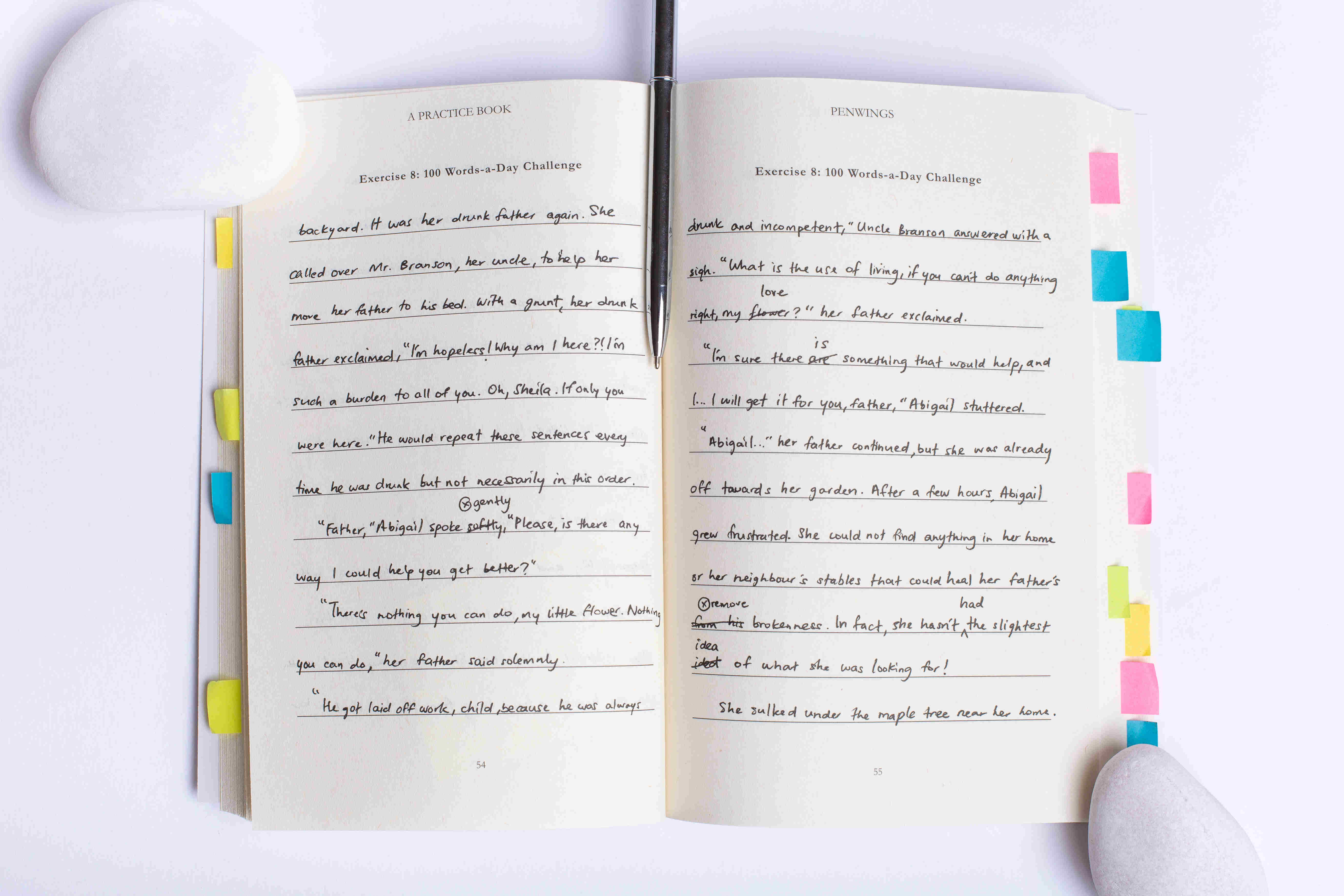
Read this article to learn about other local Malaysian publishing houses (such as ourselves) that you can try to reach out to here or submit your very own manuscript to us for a review here.
I hope these tips are useful, and if you have any other tips for me, do leave a comment on this post as I would love to hear them!


